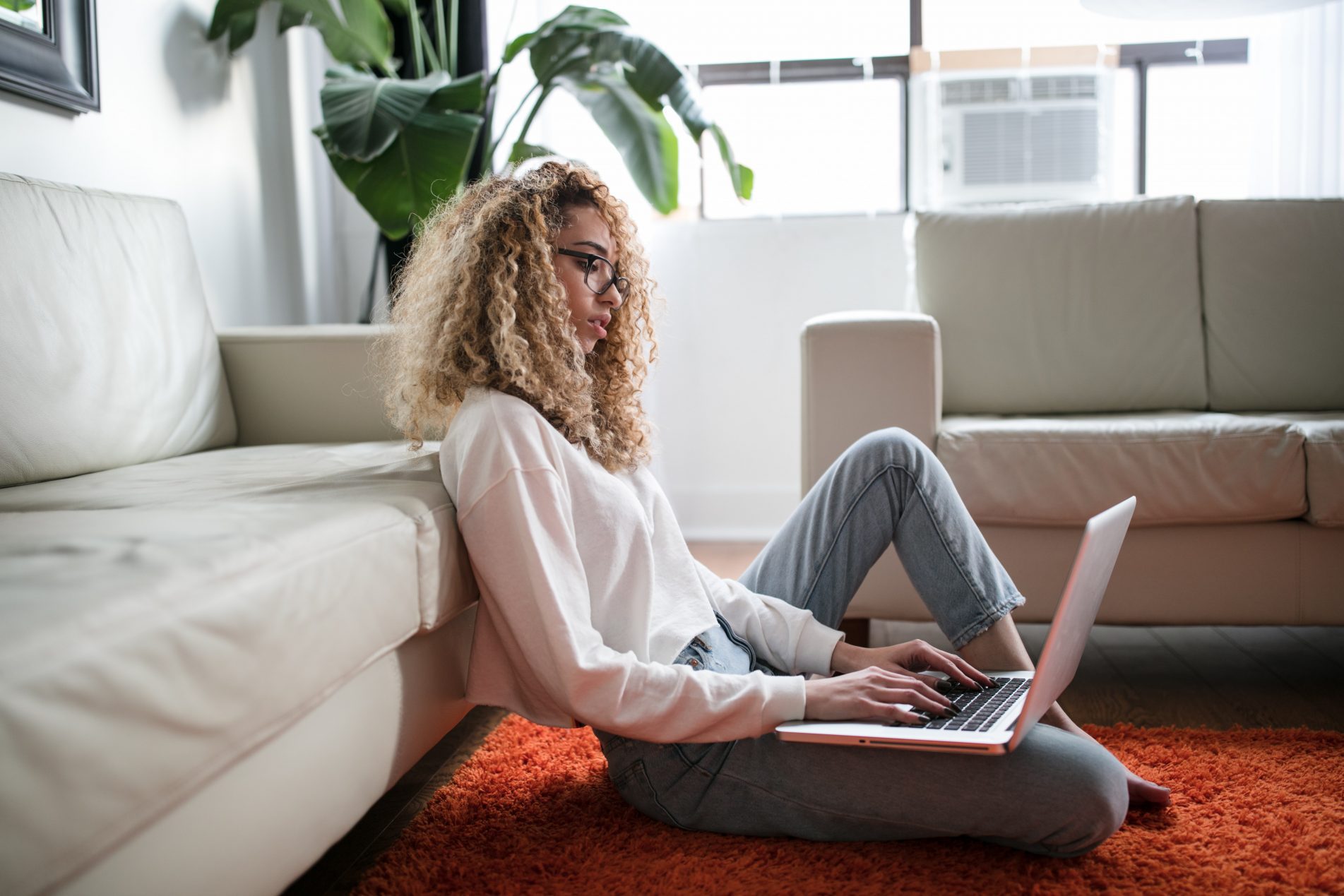
Here at Scottsdale Providence, we are committed to the overall wellness of our community. It’s at the core of our mission, and it goes far beyond just treatment. We are here to support our client’s lifestyles and health in smooth sailing and rough waters. Awareness is key to deciding if you have a technology addiction.
As the COVID-19 pandemic stretches on and on and many communities are facing renewed advice to socially distance or work from home in response to the worrying new Omicron variant, it is harder than ever to keep balanced in the wellness department. Even with regular recovery activities, like 12-step meetings, support groups, and treatment, many of us are still facing mental health challenges associated with the pandemic.
Unprecedented numbers of people have battled to keep anxiety and doom at bay while staying on top of exercise, social connections, and other things that keep us happy and healthy. What’s worse – the increased stress and anxiety are leading to indulgent behaviors of the not-so-healthy variety. Alcohol sales have spiked, and screen time has gone through the roof for most Americans.
While we all need some help staying sane at the moment, we’re are also trying to do the little things we can to stay healthy through the holidays and the latest surge. This brings us to the subject of this blog, dear reader. Digital Wellness.
Throughout the pandemic, more than a few memes sprang up about people reaching “the end” of Netflix, as well as countless embarrassing and humorous Zoom mishaps – there is no doubt about it, our reliance on technology has skyrocketed as we were forced to practice social distancing.
While we are of course grateful for the connectivity, is there a limit to how much time we should spend in front of screens in a given day to maintain optimal physical and mental health? Research by the National Institutes of Health found that increased screen time during the pandemic may lead to poorer mental health for some, while promoting connectedness for others. So how do we navigate these complex waters?
We looked into this question and discovered the wide world of “digital wellness.” Although this admittedly sounds like a buzzy marketing term coined by Apple to soften the guilt of our screen time, it’s apparently a real thing. Here’s what we discovered….
Tech is designed to be addictive.
But especially now, when many of us are feeling anxious and looking for distraction, tech seems inescapable.
Here are a few tips for keeping it from getting totally out of control, and staying sane in the meantime:
Balance is Key
While no one is trying to take away your screens – let’s face it, there would be riots in the streets – a little balance is probably in order to avoid having a technology addiction. To avoid that sinking feeling that comes from binging Netflix for hours on end, try to intersperse your online consumption with time doing things in the analog world. A little exercise or a voice call with a friend can go a very long way towards feeling sane and connected. If your work involves screen time, try apps like Stretchly, that remind you to move your body or think about something uplifting every so often. They can be game-changers and help us remember that life is going on around us.
Technology Addiction & Detox
Many people have had huge success with sleeping with their phones outside of their bedrooms, and not using screens for the first hour of the day. We know that the impulse to check your messages and scroll through Instagram first thing can be strong. But anecdotally, many people report increased life satisfaction, productivity, and calm when they start their days without tech. It can be difficult to identify and admit that you have a technology addiction. This might just be the boost you need to develop a running habit or finally bake that banana bread.
What’s more – one of the most toxic aspects of screen time – social media FOMO, will be avoided altogether, until you’ve at least had your coffee.
Good Hygiene
Another popular tactic involves short-circuiting the reward systems that make our devices feed our technology addiction in the first place. Those little notifications that let you know someone has messaged you or liked your photo actually deliver hits of dopamine, the chemical that activates our brain’s pleasure centers. Disabling your devices’ notifications will help you from getting constantly distracted by the endless chatter. This can make you more productive, better able to stay in the moment, and make your tech less addictive.
Device Usage Apps
In the face of the copious negative reporting on technology addiction, big firms like Apple and Google have in recent years installed their own tools to help people manage their device usage. Try taking advantage of apps like Screen Time and Downtime. Here’s how to do it for iPhone. You can block out interruptions during work time, or even set hard limits on your social media usage. These apps also generate reports showing exactly how you are spending your screen time. You might be totally alarmed by how much time you spend each week mindlessly scrolling. You might see that you do in fact have a technology addiction.
Do you have any other ideas for how to stay digitally sane during this time? We’d love to hear them!
Good luck out there (or, rather, in there).
